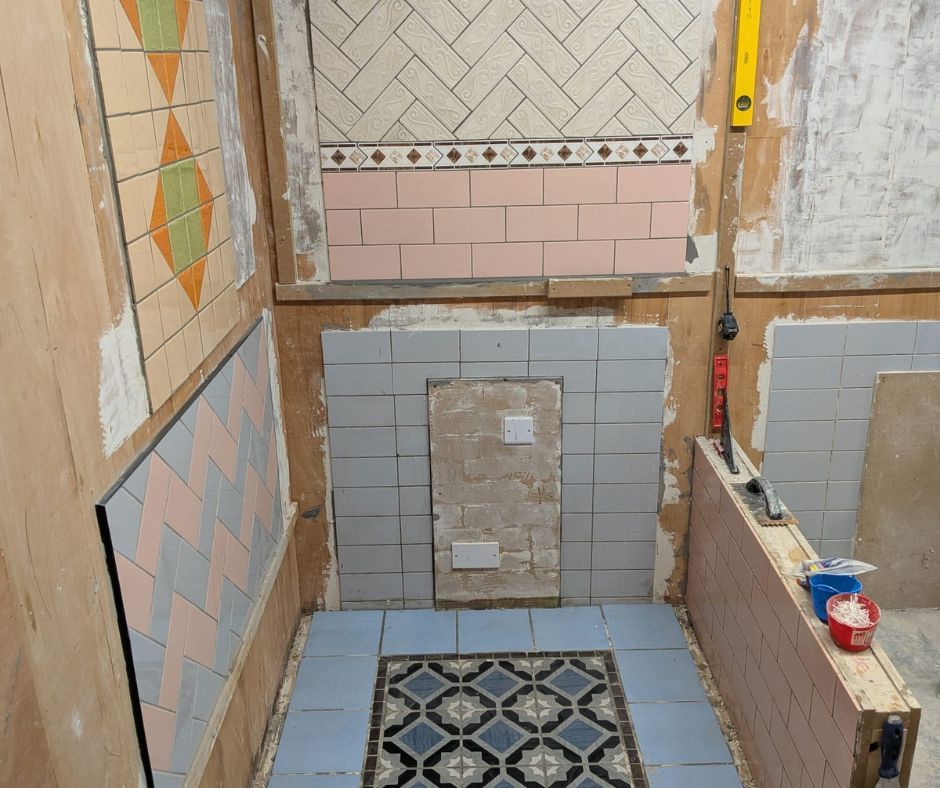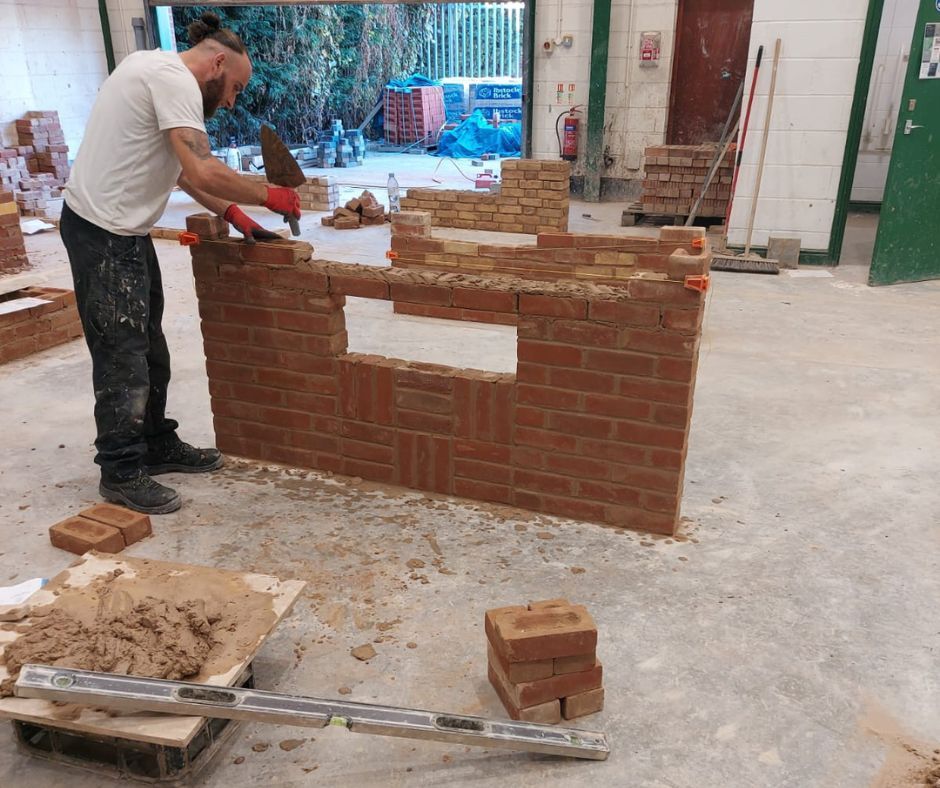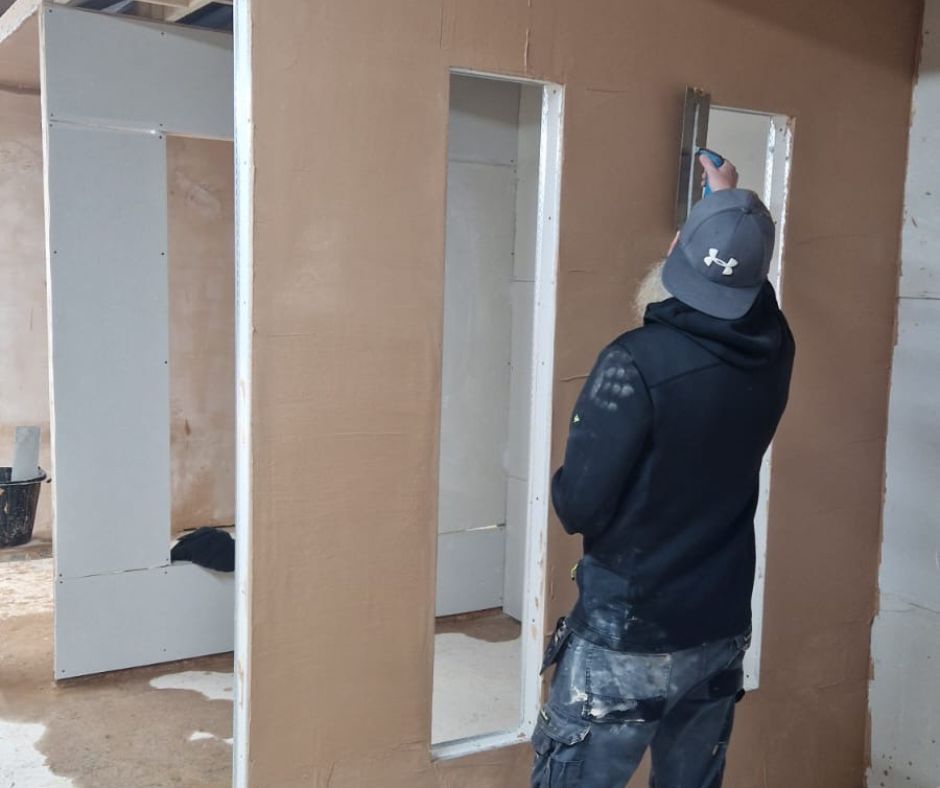Blogs
Learn, Build, and Succeed with Expert Tips & Industry Insights!
Looking to sharpen your skills in plastering, tiling, or bricklaying? You’re in the right place! Our blog is packed with expert tips, industry insights, and hands-on advice to help you master your trade. Whether you're a beginner taking your first steps or an intermediate learner refining your technique, we’ve got the knowledge to guide you.

Bricklaying is one of the oldest and most respected trades in the construction industry. From ancient civilizations to modern skyscrapers, bricklayers have played a crucial role in shaping the world around us. Despite technological advancements in construction, skilled bricklayers remain in high demand, and this trend is unlikely to change. In this blog, we’ll explore why bricklaying is a valuable skill, how it has evolved over the years, and why now is the perfect time to start a career in this rewarding trade. The Importance of Bricklaying in Construction Bricklaying is the backbone of many construction projects, providing strength, durability, and aesthetic appeal to buildings. Whether it’s residential homes, commercial properties, or large infrastructure projects, bricklayers are responsible for creating strong, long-lasting structures. Here are a few reasons why bricklaying continues to be a critical skill in the construction industry: Durability and Strength: Bricks are one of the most durable building materials, capable of withstanding harsh weather conditions and lasting for generations. Versatility: Bricklaying is used in various projects, from simple garden walls to complex architectural designs. Aesthetic Appeal: Brickwork adds character and style to buildings, making it a preferred choice for many architects and homeowners. With urban expansion and ongoing construction projects worldwide, the need for experienced bricklayers is stronger than ever. The Evolution of Bricklaying: From Ancient Techniques to Modern Methods Bricklaying has a rich history dating back thousands of years. Ancient civilizations like the Egyptians, Romans, and Mesopotamians used bricks to construct pyramids, aqueducts, and entire cities. Over time, the techniques and materials used in bricklaying have evolved, but the fundamental principles remain the same. Traditional Bricklaying Techniques Handmade Bricks: In the past, bricks were made by hand using clay and baked in the sun or kilns. Mortar Application: Ancient builders used mud, lime, or natural cement as mortar to bond bricks together. Precision and Skill: Historical structures like the Great Wall of China and Roman amphitheatres showcase the craftsmanship of early bricklayers. Modern Bricklaying Techniques Today, bricklaying has become more efficient thanks to technological advancements: Pre-made Bricks: Manufactured bricks offer consistency in size, strength, and durability. Advanced Mortar and Adhesives: Modern mortars provide better bonding and faster drying times. Specialised Tools and Equipment: Laser levels, bricklaying robots, and mortar guns have improved speed and precision. Despite these innovations, the skill and expertise of a trained bricklayer remain irreplaceable. Why Bricklaying is a Great Career Choice If you’re considering a career in construction, bricklaying offers numerous benefits: 1. High Demand for Skilled Workers The construction industry is facing a shortage of skilled workers, and bricklayers are among the most sought-after professionals. As older workers retire, there is a growing demand for new talent to fill the gap. 2. Job Security and Stability Bricklaying is a trade that will always be needed. Whether it’s new housing developments, commercial buildings, or restoration projects, skilled bricklayers will always find work. 3. Good Earning Potential Qualified bricklayers can earn a competitive salary, with opportunities to increase their income through experience, specialisation, and even running their own business. 4. Opportunities for Career Growth Bricklaying can open doors to various career paths, including: Becoming a site supervisor or project manager Specialising in decorative or heritage brickwork Starting your own bricklaying business 5. A Hands-On, Rewarding Career If you enjoy working with your hands and seeing tangible results from your work, bricklaying is a fulfilling career. There’s nothing quite like looking at a finished project and knowing you built it from the ground up. How to Get Started in Bricklaying If you’re ready to begin your journey as a bricklayer, here’s how you can get started: 1. Enrol in a Bricklaying Course At Chameleon Skills , we offer hands-on training in bricklaying, covering everything from basic techniques to advanced construction methods. Our courses are designed to equip you with the practical skills and industry knowledge needed to succeed. 2. Gain Practical Experience Bricklaying is a skill that improves with practice. By working on real projects during your training, you’ll develop the confidence and ability to handle different types of brickwork. 3. Earn Certifications Having the right qualifications can boost your employability. Consider obtaining an NVQ or other recognised certifications in bricklaying. 4. Start Working or Apprenticeship Training Many bricklayers begin their careers as apprentices, gaining experience while earning a wage. Others start by working on smaller projects before advancing to larger ones. Bricklaying is a skill that has stood the test of time, and skilled bricklayers will always be in demand. Whether you’re looking for a stable career, the opportunity to work on exciting projects, or the satisfaction of building something with your own hands, bricklaying offers it all. At Chameleon Skills , we provide expert training to help you master the craft and build a successful career. If you’re ready to take the first step into the world of bricklaying, contact us today to learn more about our courses!





